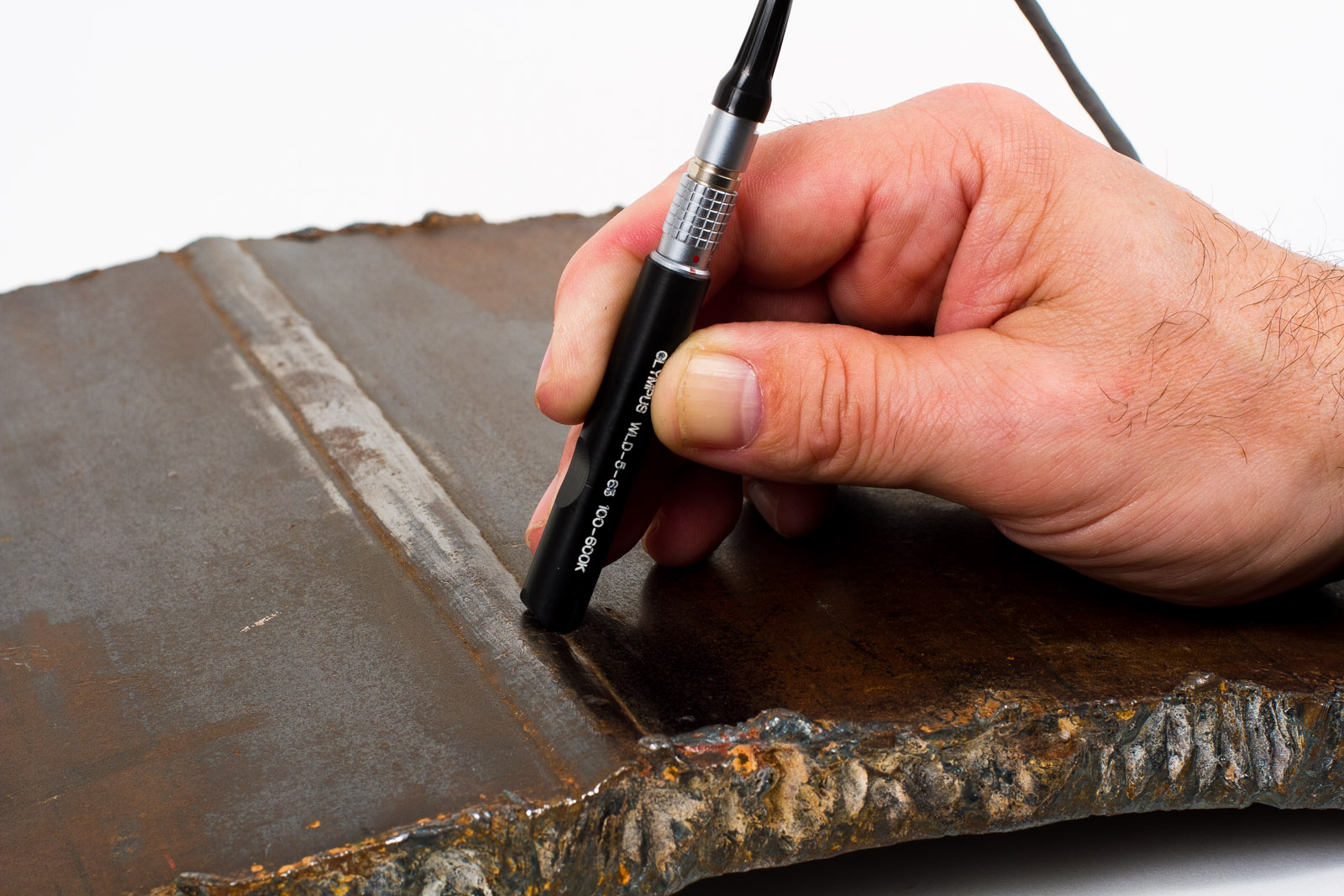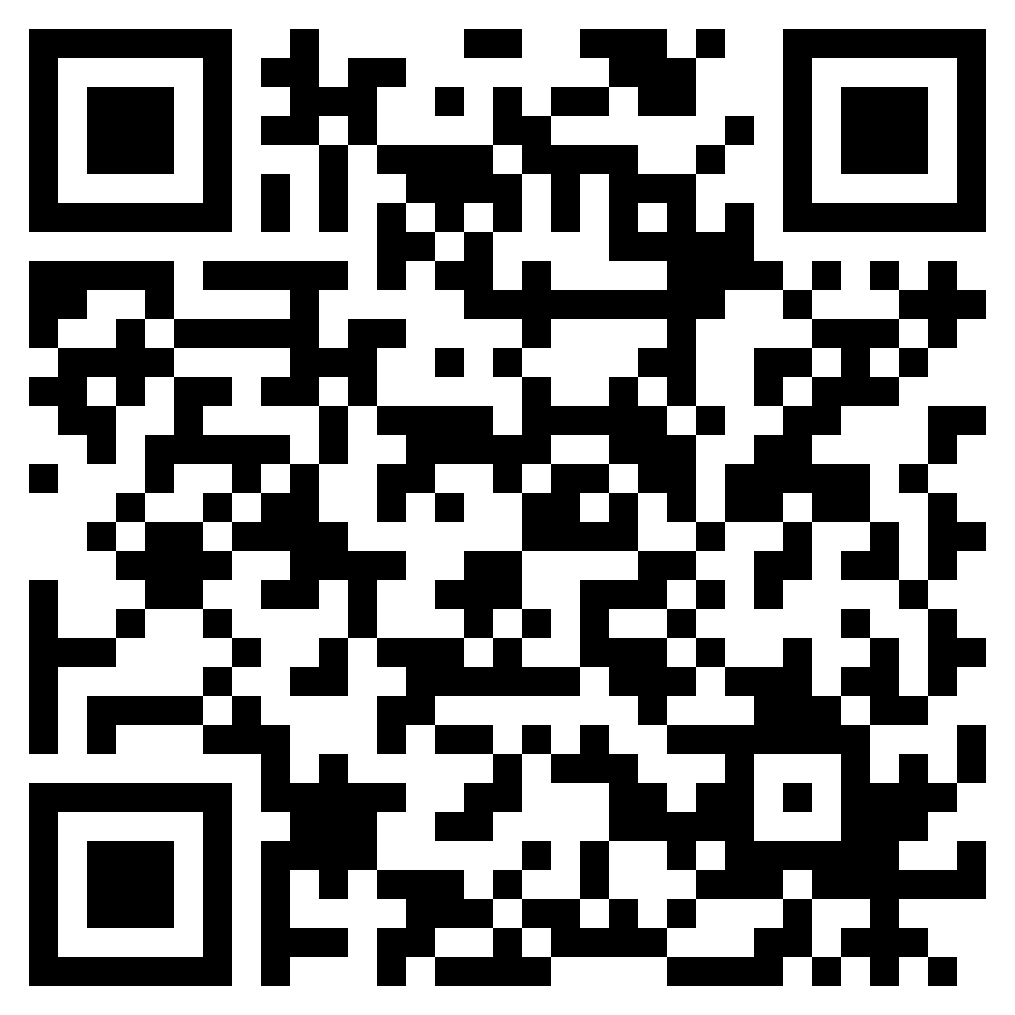How to Prepare for a Welding Inspection Milwaukee Experts Recommend
How to Prepare for a Welding Inspection Milwaukee Experts Recommend
Blog Article
Understanding the Importance of Welding Assessment in Ensuring Structural Honesty and Safety Across Different Industries
Welding assessment is a vital procedure that safeguards architectural stability and safety and security throughout diverse sectors. As we check out the details of welding assessment, the inquiry develops: what are the most essential variables that contribute to efficient assessment processes?
Role of Welding Assessment
While the stability of bonded structures is critical to safety and security and efficiency, the duty of welding inspection can not be overstated. Welding examination functions as an important high quality control procedure that makes certain the adherence to established requirements and requirements throughout the welding operation. By methodically assessing welds for flaws, incongruities, and non-compliance, examiners play a vital function in securing the stability of structures across numerous sectors.
Welding examinations incorporate a variety of activities, from pre-weld evaluations to post-weld analyses. These analyses not only determine potential issues prior to they intensify yet additionally enhance the overall integrity and life-span of welded elements. Welding Inspection Milwaukee. Evaluations help to validate the skill and proficiencies of welders, ensuring that welding procedures are performed appropriately and products work
Furthermore, a strenuous evaluation method fosters compliance with regulative demands and industry criteria, reducing the threat of disastrous failures. By promoting a society of security and accountability, welding assessment contributes substantially to both functional and financial effectiveness. In amount, the role of welding assessment is crucial, as it underpins the high quality, safety, and long life of welded frameworks important to modern-day infrastructure and market.
Kinds Of Welding Assessments
Understanding the numerous types of welding inspections is necessary for maintaining the top quality and safety and security of welded structures. Welding assessments can be classified into several kinds, each offering a particular function in the analysis procedure.
Aesthetic assessment is one of the most essential kind, entailing a mindful exam of the welds with the nude eye or with magnification. This approach assists identify surface area flaws such as fractures, insufficient fusion, or extreme spatter.
Following is non-destructive screening (NDT), which consists of strategies such as ultrasonic screening, radiographic screening, and magnetic fragment screening. These methods enable assessors to evaluate the honesty of welds without jeopardizing the material's structure. Ultrasonic testing utilizes high-frequency audio waves to detect internal imperfections, while radiographic screening utilizes X-rays or gamma rays to imagine interior weld characteristics. Magnetic particle screening, on the various other hand, is effective for detecting surface and near-surface stoppages in ferromagnetic products.
Harmful testing, though much less usual, entails physically checking samples to recognize the weld's mechanical residential or commercial properties. Each kind of evaluation adds to an extensive evaluation, ensuring that welding meets sector requirements and security demands.
Industry Specifications and Laws
Developing market criteria and policies is crucial for making certain the safety and dependability of bonded structures. These criteria work as benchmarks for top quality, safety, and efficiency, guiding suppliers and inspectors in the implementation of welding processes. Different companies, such as the American Welding Culture (AWS) and the International Organization for Standardization (ISO), have actually created extensive criteria that determine treatments for welding methods, qualification of welders, and Website examination techniques.
Compliance with these policies not just improves the top quality of welds yet also minimizes dangers connected with structural failures. Particular codes, such as the ASME Central Heating Boiler and Pressure Vessel Code, summary needs for the building and construction of pressure vessels, ensuring they can endure operational tensions. Additionally, nationwide and neighborhood regulations commonly mandate adherence to these sector requirements, strengthening their value across sectors like construction, aerospace, and auto manufacturing.
Routine updates to these standards mirror advancements in innovation and welding methods, guaranteeing that precaution remain pertinent. Hence, a thorough understanding and implementation of these standards is important for welding professionals, cultivating a culture of safety and quality in welded frameworks.
Repercussions of Poor Inspections
Poor inspections can lead to extreme repercussions in the welding sector, weakening the very regulations and criteria created to make certain safety and security and structural stability. The consequences of inadequate evaluations can show up in different forms, from instant safety threats to long-term structural failings.
Additionally, poor examinations can taint a business's reputation and result in legal effects, including penalties and lawsuits. Inevitably, the implications of inadequate examinations expand past specific jobs, influencing industry-wide requirements and public understanding, hence emphasizing the crucial demand for reliable and rigorous welding assessments.
Finest Practices for Effective Examinations
Effective welding inspections are vital to guaranteeing the integrity and security of bonded frameworks. To achieve ideal outcomes, inspectors need to stick to Click Here a number of finest practices that boost the examination procedure.

Second of all, inspectors must possess the necessary credentials and qualifications appropriate to the welding processes and materials being analyzed. Recurring training and specialist development are essential to remaining upgraded on sector criteria and technological innovations.
In addition, using appropriate inspection tools and methods, such as aesthetic inspections, ultrasonic testing, and radiographic analyses, is essential for detecting flaws that might endanger architectural honesty.
Finally, complete paperwork of the evaluation process is essential. This consists of recording findings, pictures, and any kind of rehabilitative activities taken. Exact and clear reporting not only facilitates liability but likewise help in future examinations and maintenance. By executing these best methods, companies can considerably enhance the performance of their welding examinations and ensure risk-free, trusted operations.
Verdict

In final thought, welding assessment is important for preserving architectural stability and security across different markets. By methodically examining welds and sticking to established criteria, the assessment procedure minimizes dangers connected with issues and non-compliance. The execution of finest practices in welding evaluations not only enhances the dependability and lifespan of welded components but additionally promotes market guidelines. Focusing on efficient welding inspections is essential to ensure the safety and security of workers, possessions, and overall functional honesty (Welding Inspection Milwaukee).

As we discover the complexities of welding inspection, the concern develops: what are the most important variables that add to reliable evaluation processes?
Welding assessment serves as a crucial quality control process that makes certain the adherence to established criteria and specifications throughout the welding procedure. In amount, the role of welding assessment is essential, as it underpins the high quality, safety and security, and longevity of welded structures vital to contemporary framework and sector.
Numerous organizations, such as the American Welding Culture (AWS) and the International Company for Standardization (ISO), have actually created thorough review criteria that determine treatments for welding techniques, credentials of welders, and inspection techniques.
Ultimately, the implications of inadequate inspections extend past individual projects, affecting industry-wide criteria and public assumption, therefore highlighting the important requirement for extensive and reliable welding inspections.
Report this page